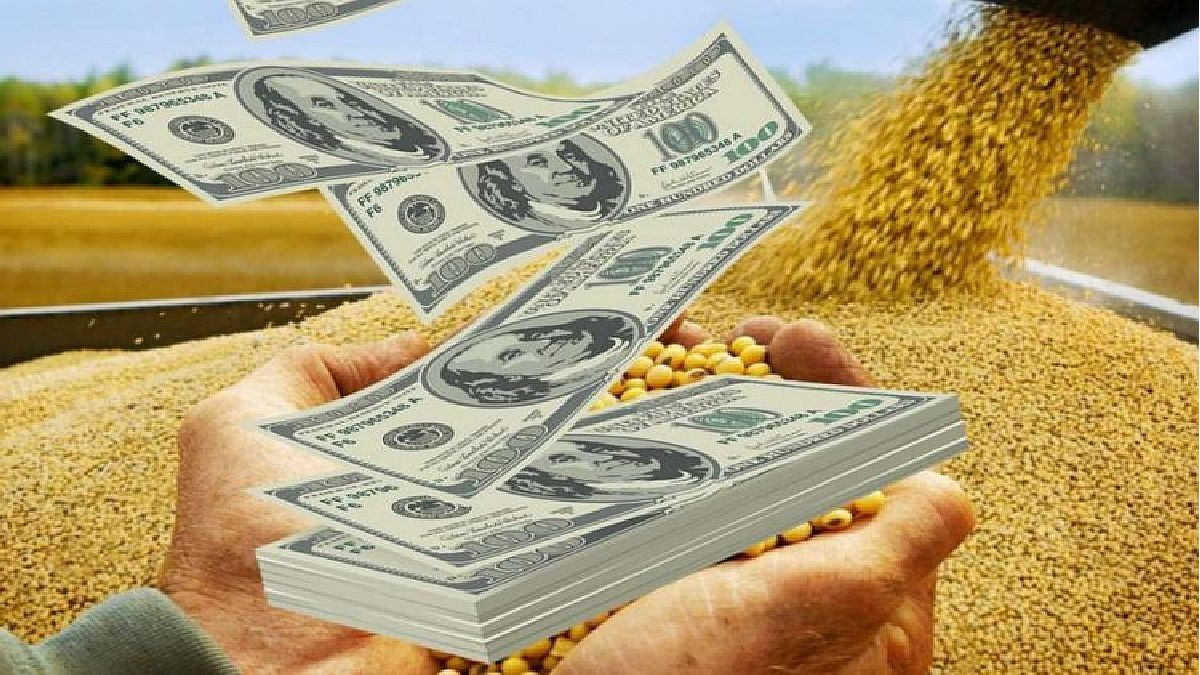Meanwhile, despite the criticism of some references in the field, from the ruling party they explain that through this mechanism implemented by the BCRA and that will be in force until August 31, farmers will find a concrete incentive to be able to convert 30% of their sales at the price of the savings dollar, that is, almost $100 less than what the financiers are quoting today. “The producer may not understand it, but if he consults his accountant, he will recommend that he sell,” they detail..
For now, something became clear after the communication from the BCRA: a detailed explanation of the mechanism was missing, but then it was the president of the entity, Miguel Pesce, who appeared in various media to explain the resolution. In addition, the official announced that at this time he is in full negotiation with the agro-exporters so that they can also “hurry up” the liquidation of foreign currency in the official exchange market on their own. A stumbling block was the low milling capacity that the industry had due to the lack of merchandise; that scenario could then be saved in the coming weeks.
As for how foreign currency inflows will continue after August, the biological cycle marks that at the end of September and the beginning of October the first soybeans begin to be sown, so that weeks before the producers sell part of the grains they still have to finance the purchase of seeds, supplies and services. The other instance continues at the end of November when second-class soybeans are planted and also gives the producer the opportunity to continue selling grains in the previous months to obtain working capital and a place in the field, because the silobags also occupy a portion of Earth.
In this way, the official calculations are that between September and November they would earn a total of around US$8,000 million. Meanwhile, from the last weeks of December, the dollars from the wheat harvest would begin to enterwhich is currently planted, and according to projections would contribute a total of US$5,000 million that would serve precisely as a bridge for the next soybean and corn harvest.
This scenario would also give rise to a context in which energy imports would logically decline at the end of winter. Thus, for next August the Government is expected to disburse 25% less than in June and July (US$2,000 million versus US$1,600 million).
What will follow from now on is to closely monitor soybean sales by producers. To date, just over 22 million tons of soybeans remain to be sold, valued at around US$14 billion. AAugust will be a key month to weather the crisis; the Government knows it and bets the chips to reach the end of the year with a more encouraged panoramar.
Source: Ambito
David William is a talented author who has made a name for himself in the world of writing. He is a professional author who writes on a wide range of topics, from general interest to opinion news. David is currently working as a writer at 24 hours worlds where he brings his unique perspective and in-depth research to his articles, making them both informative and engaging.




